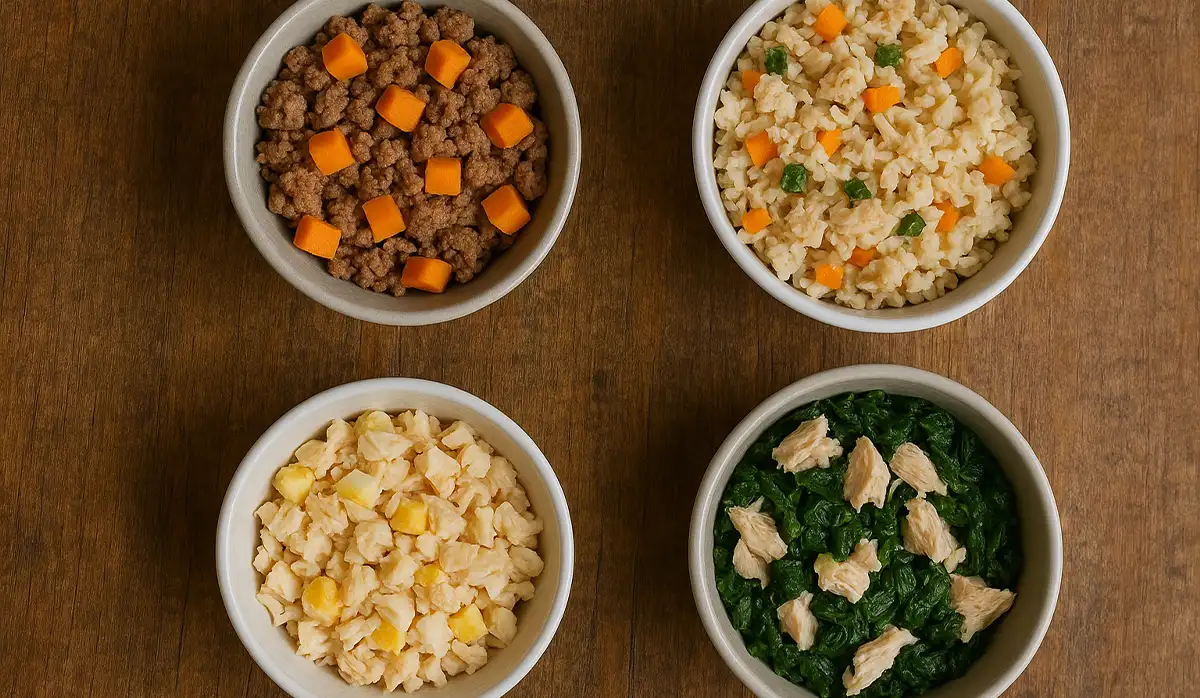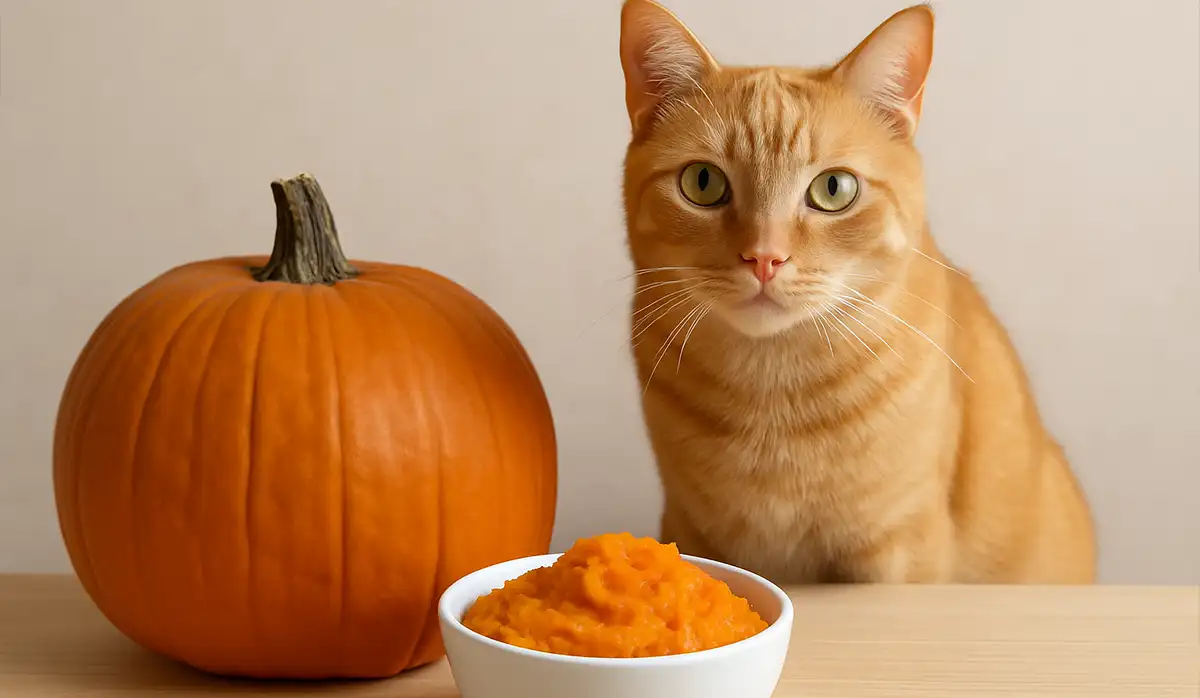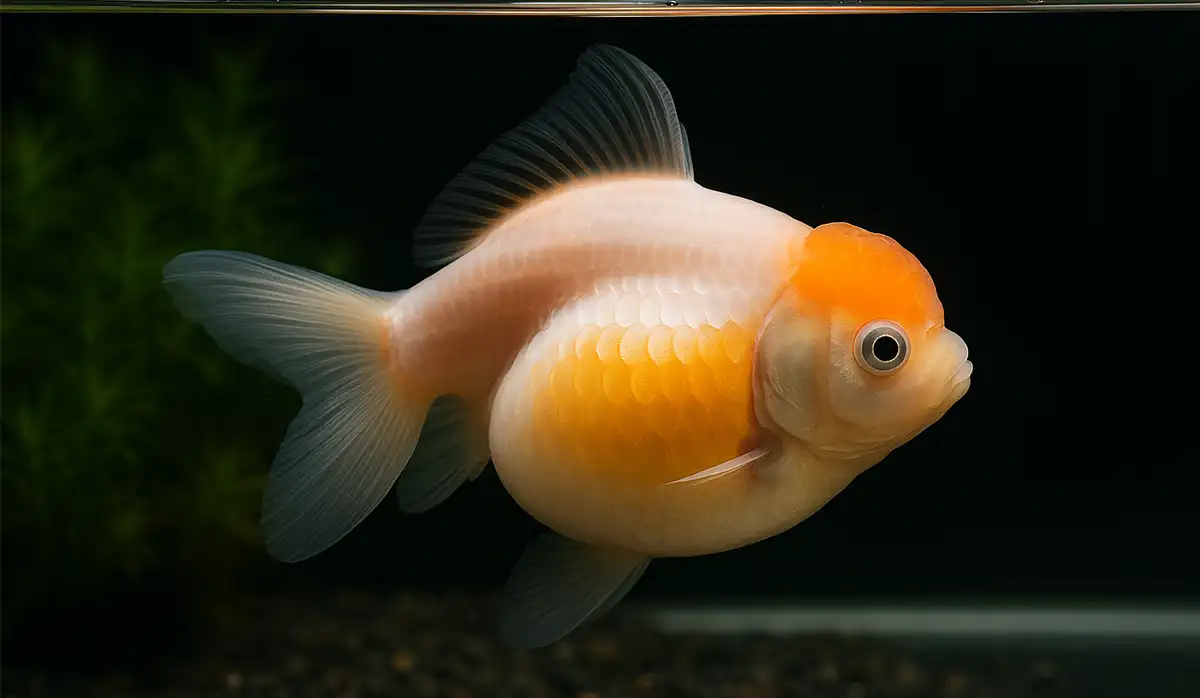Easy Homemade Cat Food Recipes Your Kitty Will Love
By Pet Luvz on May 18, 2025

Ever thought about ditching store-bought cat food and cooking up something healthy and delicious for your feline friend? Well, you’re not alone. More and more cat parents are turning to Homemade cat food recipes for one big reason—it’s simply better.
Table of Contents
Introduction
Ever opened a can of commercial cat food and wondered what’s really inside? If you’re like many caring pet parents, you’re starting to question those long, hard-to-pronounce ingredient lists and whether they truly benefit your feline friend. That’s where Homemade cat food recipes steps in—a more transparent, customizable, and often healthier option for your kitty.
We all want the best for our cats. They’re more than pets—they’re family. And just like we strive to eat healthier ourselves, it makes perfect sense to give our cats the same kind of thoughtful nutrition. Preparing meals at home ensures that every bite your cat takes is full of love, quality ingredients, and tailored nutrition.
But let’s be real—it’s not just about tossing some cooked chicken in a bowl and calling it a day. Cats have very specific nutritional needs. Unlike dogs, they are obligate carnivores, meaning they must eat meat to survive. Without the right balance of essential nutrients like taurine, arachidonic acid, and vitamin A, they could face serious health issues.
That said, when done correctly, Homemade cat food recipes can:
- Improve your cat’s coat and skin health
- Reduce allergic reactions and digestive issues
- Help manage weight and energy levels
- Promote a longer, happier life
You also gain peace of mind knowing there are no hidden additives, questionable preservatives, or unnecessary fillers sneaking into your cat’s bowl. Plus, you can design meals to suit your cat’s age, activity level, health concerns, and even flavor preferences (because, yes, cats can be picky eaters!).
Still, there’s a right way and a wrong way to make cat food. Whether you’re just curious, looking to supplement store-bought food, or planning a full switch to homemade meals, this article will walk you through the essentials—nutrients, recipes, dos and don’ts, and much more.
Ready to become your cat’s favorite chef? Let’s get cooking!
Why Homemade cat food recipes?
Let’s face it. Most commercial cat foods are packed with fillers, artificial preservatives, and mystery ingredients. Homemade cat food, on the other hand, puts you in total control. You know exactly what’s going into your kitty’s bowl.
Is It Safe to Make Cat Food at Home?
Absolutely—but only if done right. Cats are obligate carnivores and have very specific dietary needs. So before diving in, make sure you understand what your furball truly needs.
Understanding Feline Nutritional Needs
Key Nutrients Cats Require
Cats aren’t small dogs—they have their own unique dietary demands. Here are some must-haves:
- Protein: The cornerstone of any cat’s diet.
- Fatty Acids: Especially omega-3s for coat and brain.
Dangers of Nutrient Deficiencies
Lack of taurine? Expect heart issues. No vitamin A? Vision loss is around the corner. These nutrients aren’t optional—they’re essential.
Benefits of Homemade cat food recipes
Better Control Over Ingredients
Want to avoid by-products and unhealthy grains? You can when you’re the chef.
Catering to Allergies and Special Diets
If your cat is allergic to chicken or sensitive to grains, homemade food lets you customize meals perfectly.
Important Tips Before You Start Cooking
Consult a Veterinarian
Always run your plans by your vet. Better safe than sorry!
Use Supplements Wisely
Even the best homemade recipes need extra taurine, calcium, and other nutrients. Don’t skip them.
Avoid Toxic Foods for Cats
Steer clear of onions, garlic, chocolate, grapes, and even some dairy products. They can be harmful—or fatal.
Essential Ingredients for Homemade cat food recipes
Proteins – Chicken, Turkey, Fish
Meat is non-negotiable. Go for lean, clean cuts—baked or boiled. Raw is fine too, with proper knowledge.
Healthy Fats – Omega-3s and Animal Fats
A dash of fish oil or chicken fat adds flavor and essential fatty acids.
Fiber and Carbohydrates – Limited Use
Cats don’t need much. But a little pumpkin or rice for fiber can help digestion.
Taurine – A Must for Cats
Taurine supplements are critical. You can’t rely solely on meat for this one.
Top 5 Easy Homemade Cat Food Recipes
1. Chicken & Pumpkin Delight
Ingredients:
- 1 cup cooked chicken (shredded)
- 1 tbsp pumpkin puree
- 1 tsp fish oil
- 1/4 tsp taurine supplement
Instructions:
Mix all ingredients thoroughly. Serve slightly warm. Store leftovers in the fridge.
2. Turkey & Rice Combo
Ingredients:
- 1 cup cooked ground turkey
- 1/4 cup cooked white rice
- 1/4 cup chicken broth (unsalted)
- 1/4 tsp taurine
Instructions:
Blend well. Make sure rice is soft. Add supplements after cooking.
3. Tuna & Sweet Potato Mix
Ingredients:
- 1 can tuna in water (drained)
- 2 tbsp mashed sweet potato
- 1/2 tsp olive oil
- 1/4 tsp taurine
Instructions:
Mash and mix everything. Your cat will love the smell alone!
4. Beef & Carrot Medley
Ingredients:
- 1/2 cup ground beef (cooked)
- 1/4 cup shredded carrot
- 1 tbsp chicken liver (optional)
- 1/4 tsp taurine
Instructions:
Cook beef thoroughly. Blend with carrots and liver. Cool before serving.
5. Salmon & Spinach Treat
Ingredients:
- 1/2 cup cooked salmon
- 1 tbsp chopped cooked spinach
- 1/2 tsp fish oil
- 1/4 tsp taurine
Instructions:
Gently mix and warm slightly. Spinach is a great fiber boost—don’t overdo it.
Raw vs Cooked Cat Food
Pros and Cons of Raw Diet
Pros:
- Closer to a natural feline diet
- No loss of nutrients from cooking
Cons:
- Risk of bacterial contamination
- Harder to balance nutrition
Pros and Cons of Cooked Meals
Pros:
- Safer and easier to handle
- Easier to digest for some cats
Cons:
- Some nutrients may be destroyed by heat
- Takes time to prepare properly
How to Store Homemade cat food recipes Safely
Refrigeration Tips
Store in airtight containers and use within 3 days. Label the date!
Transitioning Your Cat to Homemade Food
Gradual Introduction
Mix homemade food with your cat’s current food over a week. Increase the homemade portion slowly.
Monitoring for Allergies or Issues
Look out for upset tummies, itching, or behavioral changes. Adjust as needed.
Common Mistakes to Avoid
Not Adding Supplements
You can’t skip this step. Cats need more than just meat.
Using Inappropriate Ingredients
Avoid seasoning, onions, garlic, and dairy. They can be toxic.
When to Avoid Homemade cat food recipes
Cats with Chronic Illness
Cats with kidney or liver disease may need a prescription diet. Don’t risk it.
If You’re Unsure of Nutritional Balance
Not confident? It’s better to stick with trusted commercial brands or consult a pet nutritionist.
Final Thoughts on Homemade Cat Meals
Making Homemade cat food recipes isn’t just about spoiling your fur baby (though they’ll love it). It’s about giving them the healthiest, freshest meals tailored to their needs. Your cat deserves the best, and now you’ve got the tools to give it to them. “Homemade cat food recipes”.
Conclusion
Homemade cat food recipes can be a game-changer for your feline friend’s health and happiness. You’ll get peace of mind knowing exactly what’s in their bowl, and your kitty will thank you with every purr. Just be sure to keep their nutritional needs front and center, avoid dangerous ingredients, and transition them slowly. Ready to put on that apron? Your cat’s waiting!
Read More: Cat Eye Boogers: Causes, Treatment & Prevention
FAQs
1. Is raw meat safe for cats?
It can be, but it requires careful handling and knowledge “Homemade cat food recipes”. Cooked is safer for most pet parents.
2. Can I use human supplements for my cat’s food?
Nope. Human vitamins may be toxic to cats. Always use vet-approved supplements.
YOU MAY ALSO LIKE
Top Pick
-

African Grey Parrot: A Smart, Loving, and Talkative Companion
July 22, 2025
-

5 Best Canister Filters for Crystal Clear Water in Your Pet Fish Tank
July 8, 2025
-

Is Pumpkin Good for Cats? Everything You Need to Know
July 5, 2025
-

Swim Bladder Treatment: Solutions for Aquarium Fish Health
July 3, 2025
-

7 Fascinating Betta Fish Facts Every Owner Should Know
July 2, 2025











